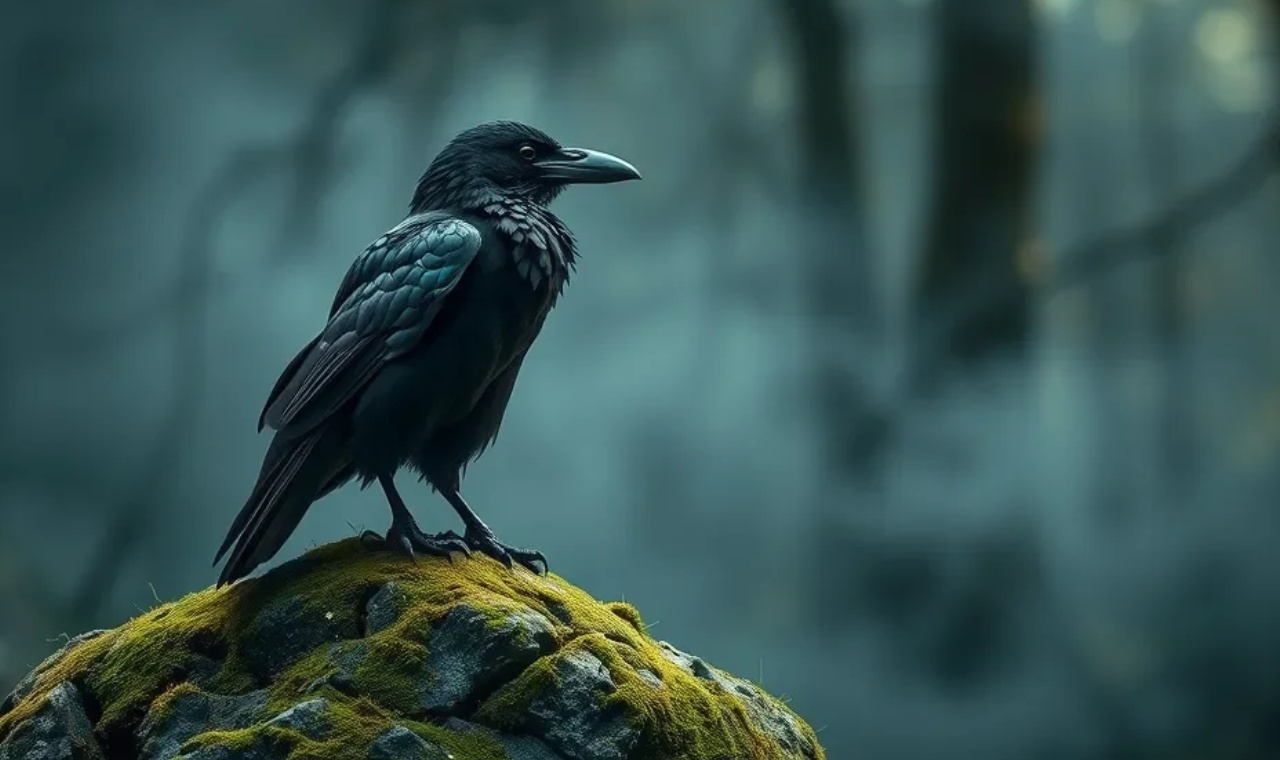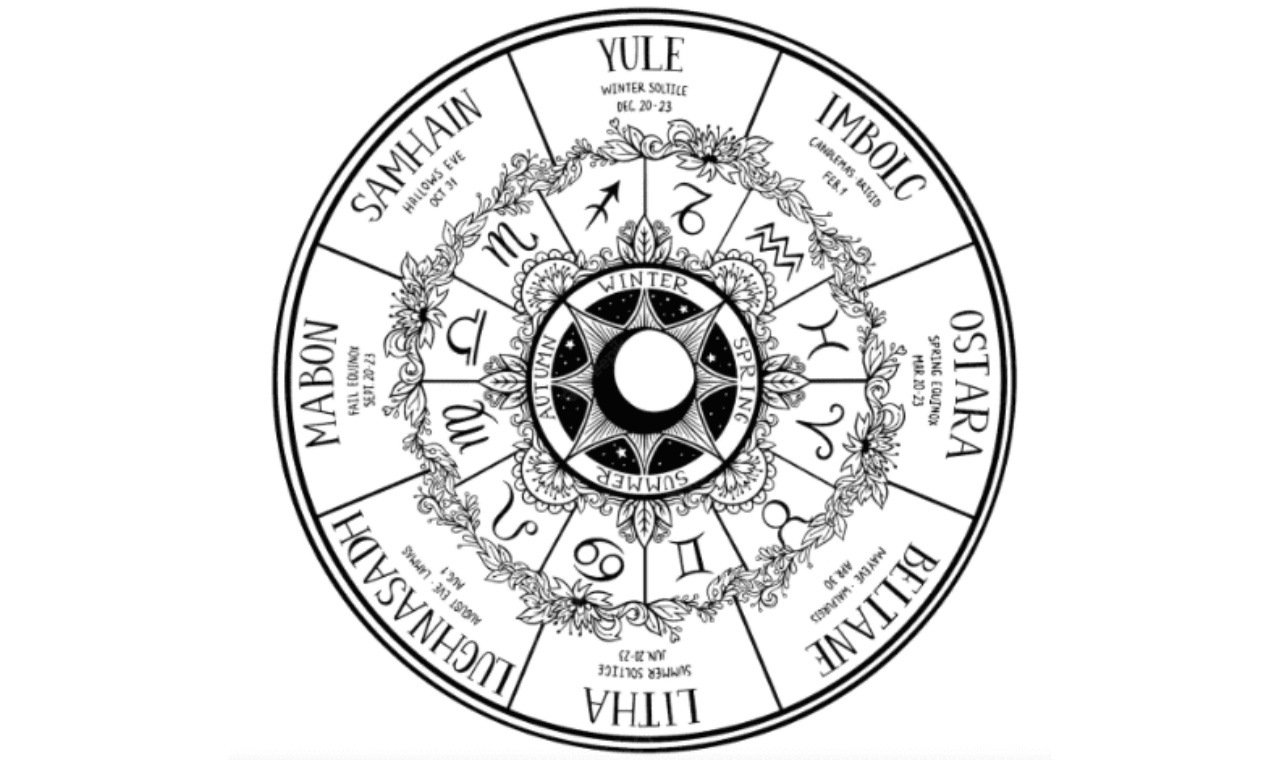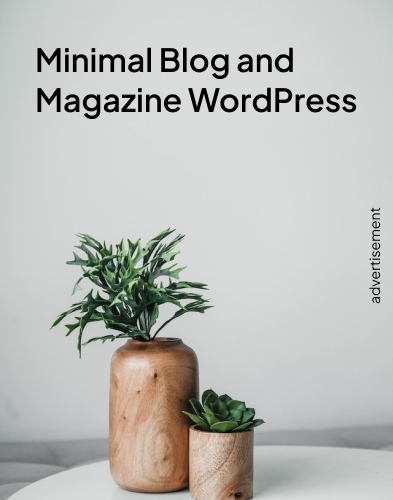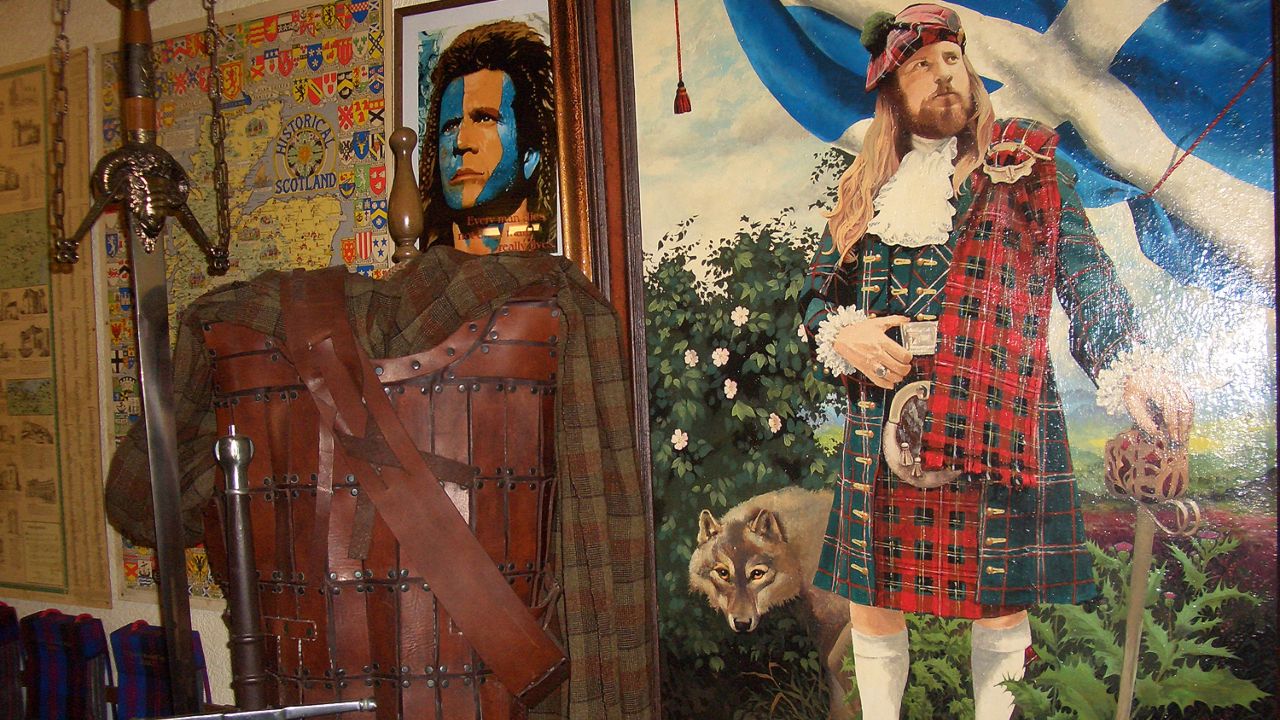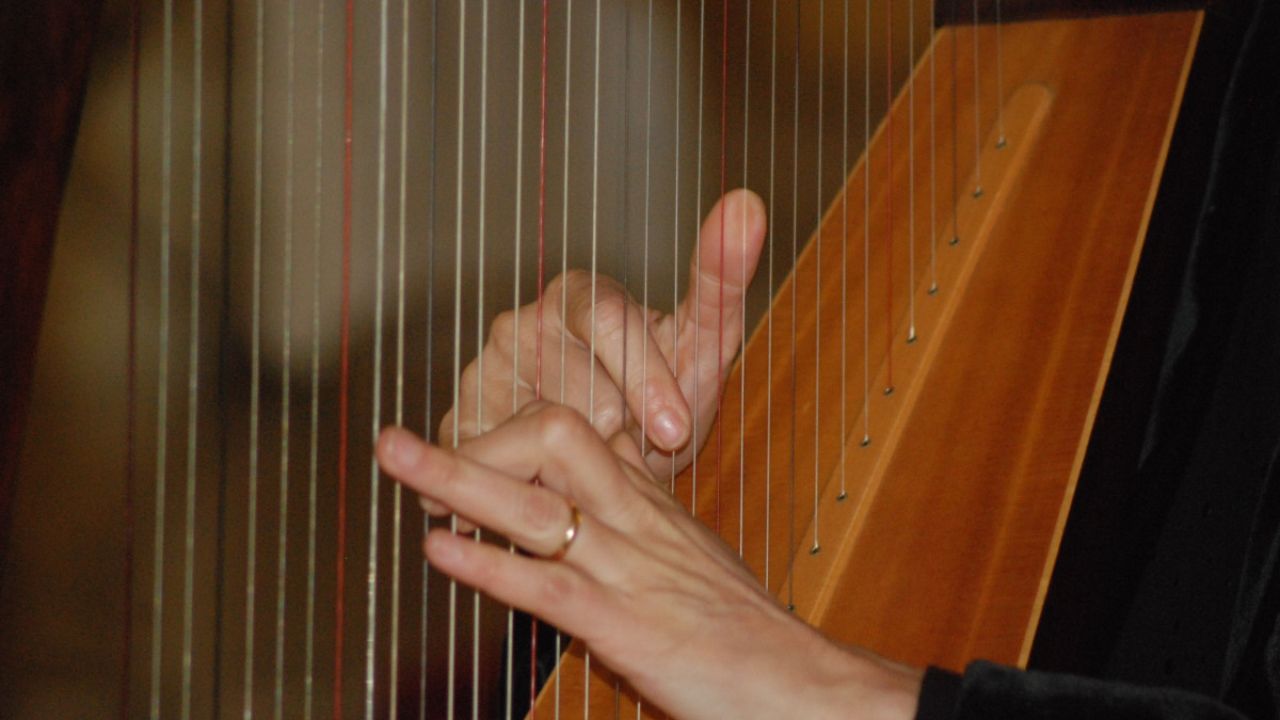Celtic Ring Forts: Ancient Homes of Ireland and Beyond

Imagine walking across a green Irish field and suddenly noticing a perfect circular mound carved into the land. You have found a Celtic ring fort. These structures appear quiet today. Although in the early medieval world, they stood at the center of community, farming, and power.
Archaeologists have recorded more than 45,000 ring forts in Ireland alone, which shows how active and settled Celtic life once was.
Irish culture often celebrates deep storytelling traditions. You can enjoy more cultural background in our feature on Why Irish People Are Natural Storytellers.
What Exactly Is a Celtic Ring Fort?
A ring fort, or ráth in Irish, is a circular enclosure created from earth or stone. Most date from 500 CE to 1000 CE. Families lived inside these enclosures with their animals. The ring shape protected them from raiders and wild threats. Some forts stood on hills because status and visibility mattered in Celtic society.
The bigger the circle, the deeper the power.
Ráth, Lis, and Dun. What’s the Difference?
Celtic languages give us several names for ring forts.
Each name reveals how people used the space.
| Term | Region | Meaning |
|---|---|---|
| Ráth | Ireland | Earthen ring fort for farming communities |
| Lis/Lios | Ireland | Enclosed homestead, often with ritual associations |
| Dun/Dùin | Ireland & Scotland | Defensive stronghold on elevated land |
A dun had more political weight. Nobles and local lords gathered in these strongholds to settle disputes and maintain authority.
If you are curious about early power sites in Ireland, explore our story about the Hill of Tara where kings ruled and rituals shaped history.
Life Inside a Ring Fort

These were not military forts. They were family homes.
Daily life included:
• Farming and herding
• Crafting tools and textiles
• Cooking around hearth fires
• Passing on lore through songs and stories
Music traveled through the round walls. If that interests you, try our guide on the traditional bodhrán drum or the magical Celtic harp.
Ring forts show how Celts cared about land and livestock. The enclosure kept animals safe during the night. For a deeper look at agriculture and life, read about Irish Cattle Traditions.
A Touch of Magic. Ring Forts in Folklore
Many rural Irish people once believed ring forts belonged to the Aos Sí, the Otherworld beings. Folklore suggests:
• Cutting trees on a ring fort brings misfortune
• Building a road through a fort invites illness
• Disturbing these sites angers the fair folk
Ring forts became portals to stories of shapeshifters like selkies and legendary warriors who defended their clans.
People still avoid altering these ancient circles. History and belief sit together in the grass.
Scotland Has Ring Forts Too
Many Scottish ring forts stand over cliffs and coastlines. They connect to clan protections and early tribal identities. This links to our deep dive into Scottish Clans and the landscape they defended, including the Isle of Mull.

Why Visit a Celtic Ring Fort Today?
Ring forts create a quiet link to ancestors.
They still shape identity and land ownership.
Their circular design even influences Celtic art, including Celtic stone carvings and symbolism.
Visitors love these sites because they feel alive. The earth holds memory. You feel part of it.
Planning a Celtic heritage trip? Start with routes like the Ring of Kerry where forts pop up along breathtaking views.
Final Thoughts
Celtic ring forts prove everyday life can leave powerful marks on the landscape. They were places of protection and belonging. People lived, loved, worked, argued, and grew old behind these circular walls.
The circles stay.
Their stories grow.
That is Celtic continuity.
📚 Continue exploring Celtic traditions in our CeltGuide Blog.
You might enjoy the mythology category: Mythology & Folklore



